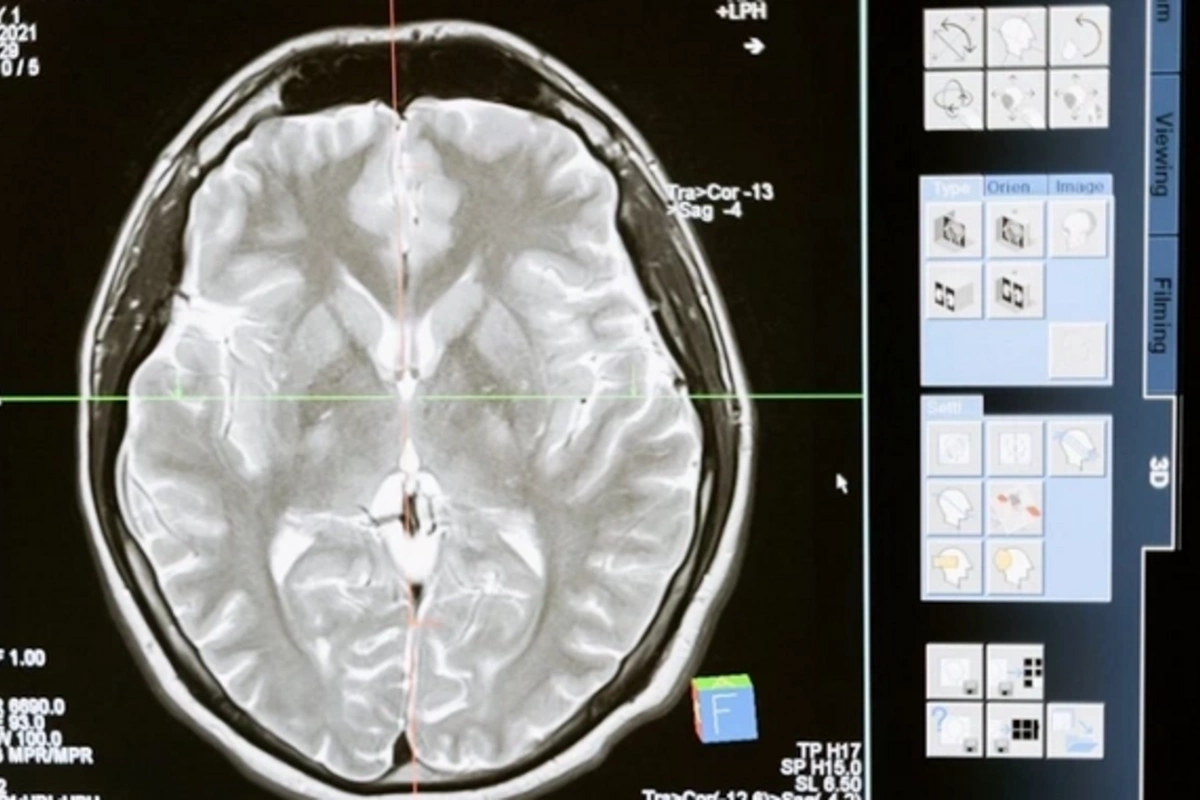23 Nov , 19:23
0

Breakthrough in brain cancer treatment: scientists develop "nasal vaccine" against glioblastoma using nanoparticles
As reported by TUT.AZ, American researchers have presented a revolutionary method for fighting one of the deadliest types of cancer. The results of the work have been published in the prestigious scientific journal PNAS (Proceedings of the National Academy of Sciences).
Glioblastoma is known as a particularly aggressive form of brain tumor that is almost resistant to traditional treatment. The main problem is the "immunological coldness" of the tumor, when the body's defense forces do not recognize the threat. Scientists have discovered that activation of the intracellular STING pathway can "awaken" immunity, however, existing drugs are quickly destroyed in the body and require surgical administration directly into the tumor.
The innovative solution from American scientists consists of spherical nucleic acids - special nanoparticles coated with DNA fragments that trigger an immune response. To track the movement of the drug, researchers equipped the nanoparticles with a special infrared marker and tested them on laboratory mice with glioblastoma.
The results were impressive: after nasal administration, the nanostructures penetrated directly into the brain, bypassing the bloodstream. The drug concentrated specifically in the tumor and surrounding immune cells, with minimal effect on healthy tissues.
"The nanoparticles successfully activated the STING signaling pathway, which enhanced the immune response against the tumor. In combination with agents that stimulate T-lymphocytes, the new technology eliminated tumors in mice after one or two doses and formed long-term protection against recurrence," the scientists specified.
Despite the promising results, researchers acknowledge that STING activation alone is not enough for complete cure. The scientific team is now working on creating complex nanostructures capable of simultaneously affecting multiple immune mechanisms blocked by the tumor, which could lead to the development of effective non-invasive therapy against one of the most dangerous types of cancer.